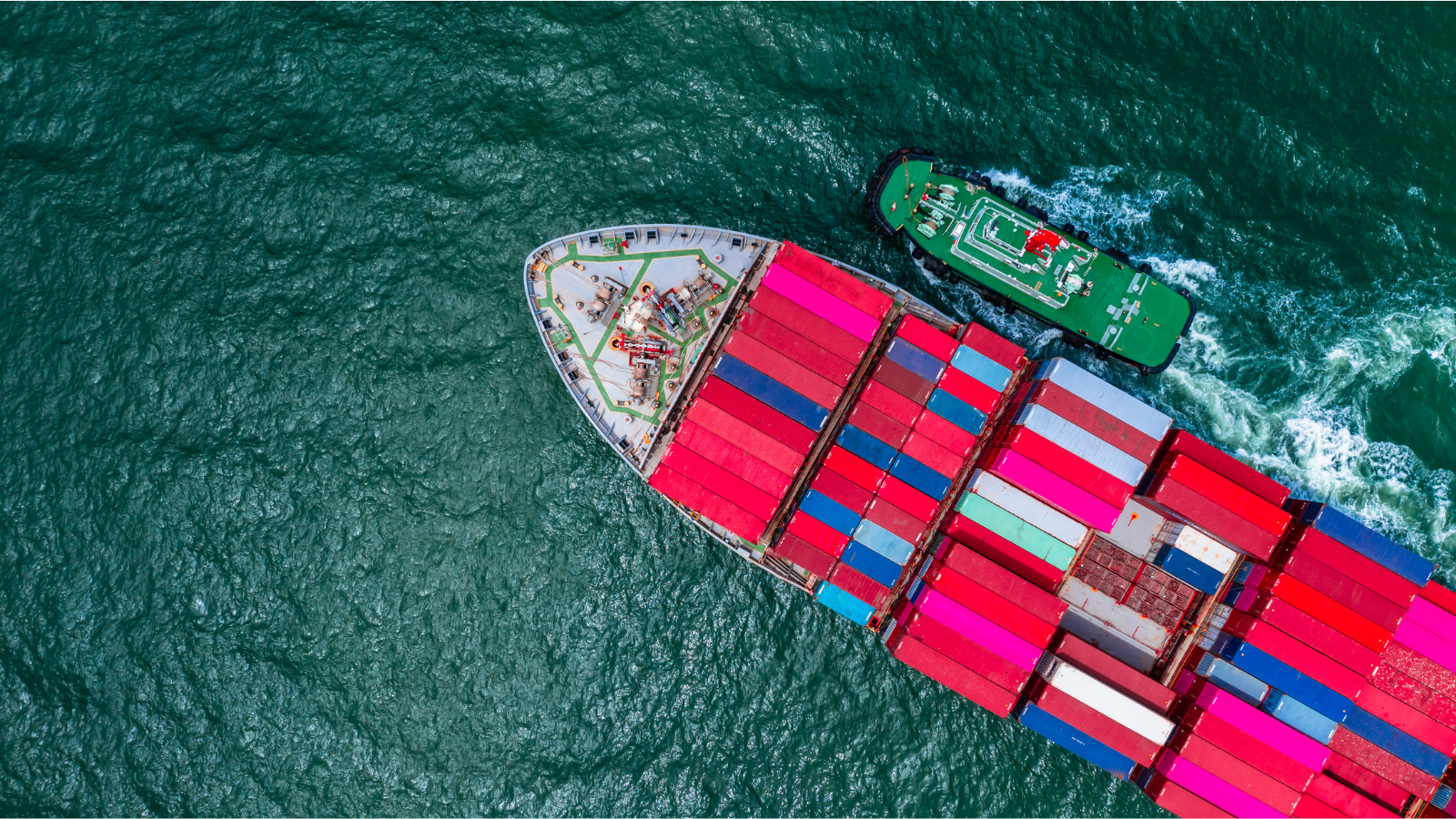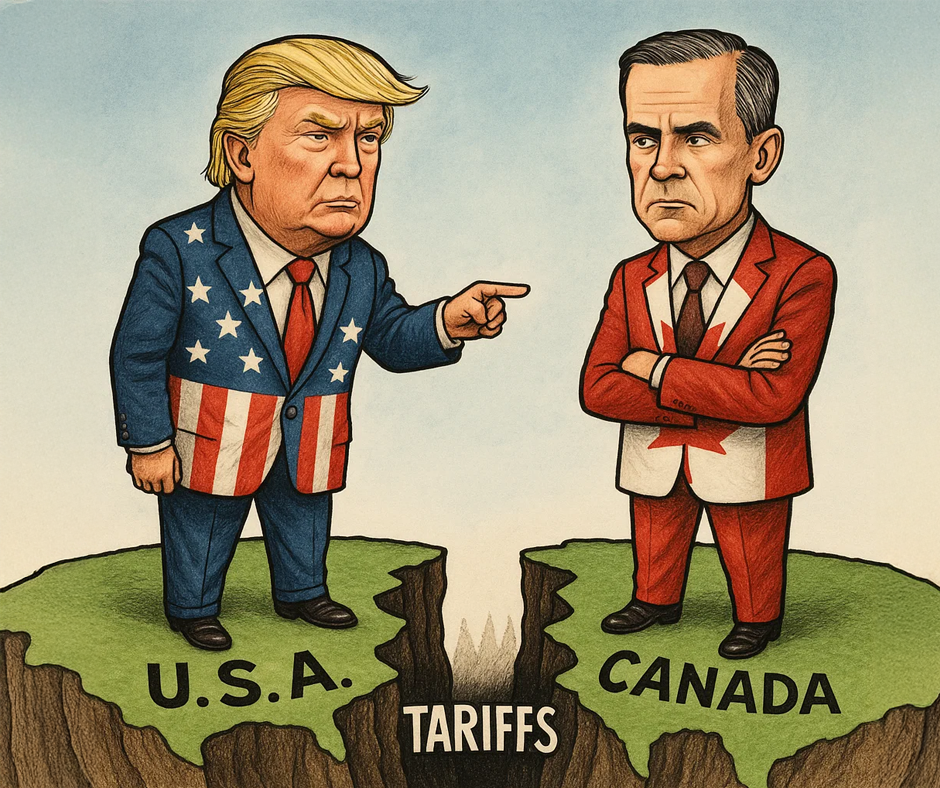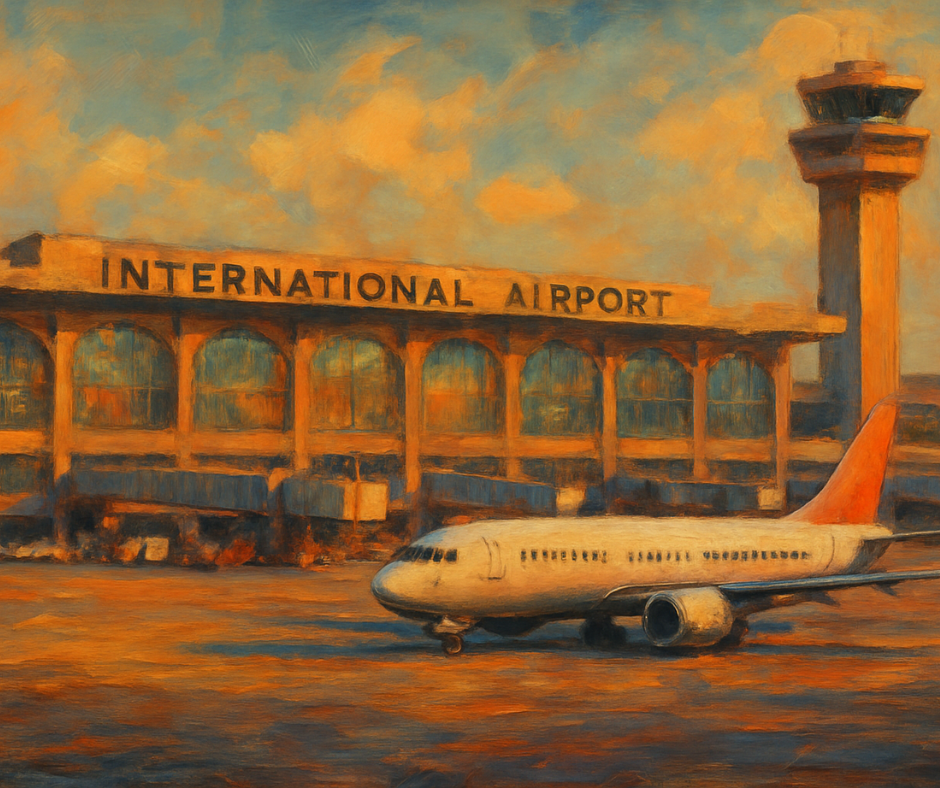
When a system is performing poorly, it is natural to look around and take note of what’s working better elsewhere. So it is no surprise that Americans who are frustrated...

Health Canada has launched its third legislative review of the Tobacco and Vaping Products Act (TVPA), which is the perfect opportunity to rethink the country’s failing approach to nicotine regulation. The goal...

Canadian grain farmers are in trouble and federal policies are to blame. Tariffs on a key grain export Canada sends to China has sent the industry into crisis mode. Back...

Comments on the Third Legislative Review of the Tobacco and Vaping Products Act The aim of the TVPA is to curb tobacco use and protect youth from nicotine addiction. While...

Ottawa, ON: Today, the Canadian government announced plans to remove tariffs placed on goods coming into Canada from the United States that comply with the CUSMA. The Consumer Choice Center (CCC)...

Last night, United States President Donald Trump did what we feared he might do: he signed an executive order putting into place 35% tariffs on Canadian goods not included in...

Consumer Choice Center released its highly anticipated first-ever Worldwide Airport Index. This edition highlights the opportunities and accomplishments of airports worldwide in a year of record-breaking 9.5 billion passengers, 3.8%...

Should taxpayers around the globe, who dare to take part in activities like smoking and drinking, pay even more in taxes to help fund global organizations that are seeing funding...

In a twist that people like me who have been advocating for more consumer airline freedom find rare and exciting, it seems that the Canadian Competition Bureau has admitted it...

As the G7 summit wraps up in Alberta this week, it seems Prime Minister Mark Carney and President Donald Trump have had side discussions which resulted in a new thirty-day...

Most Canadians have likely never heard of the Framework Convention on Tobacco Control (FCTC,) a World Health Organization (WHO) treaty that is celebrating its twentieth anniversary this year. And yet,...

It’s not déjà-vu, Canada Post might indeed go back on strike as early as this week. Canadians will remember with much anxiety that Canada Post workers recently went on strike...